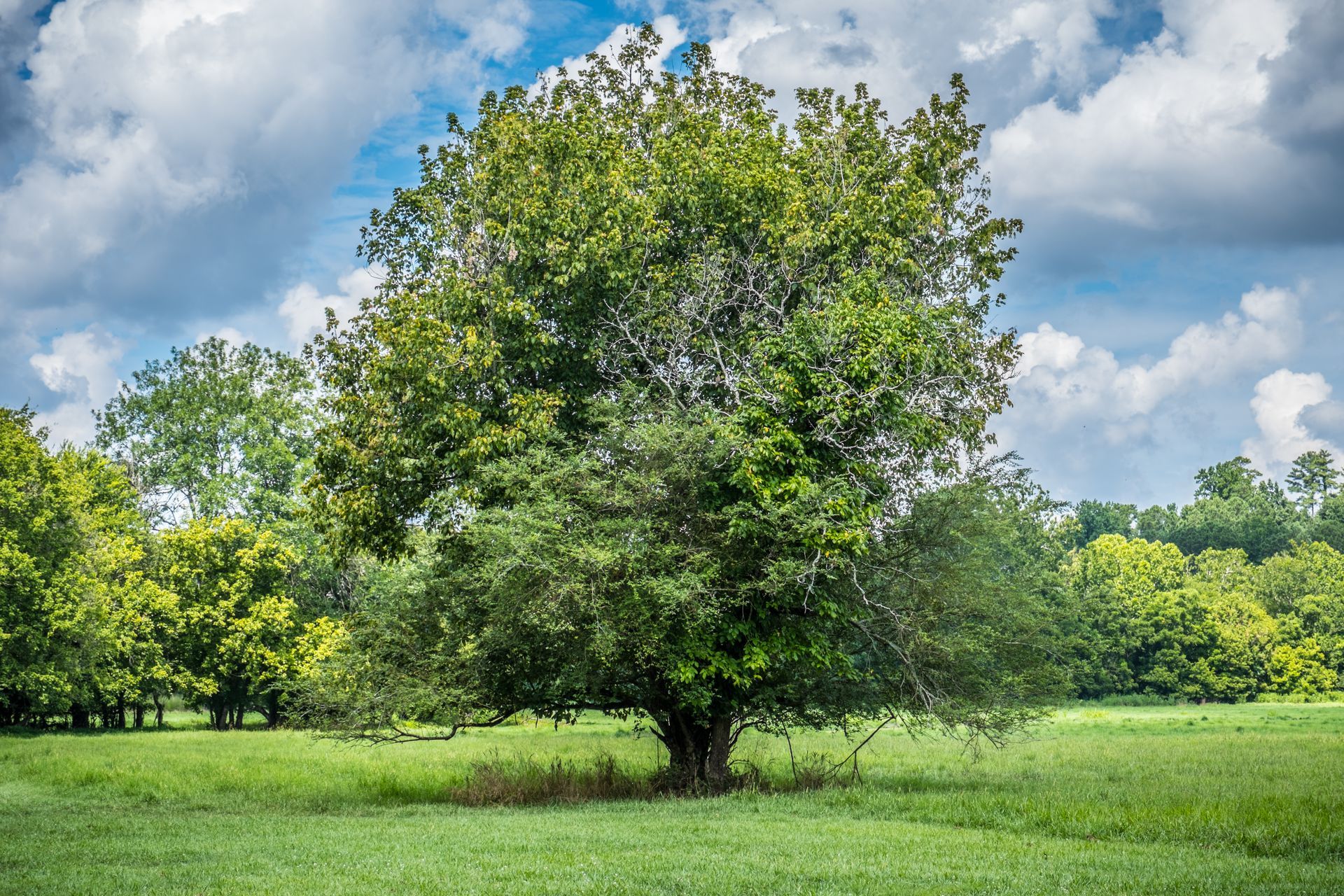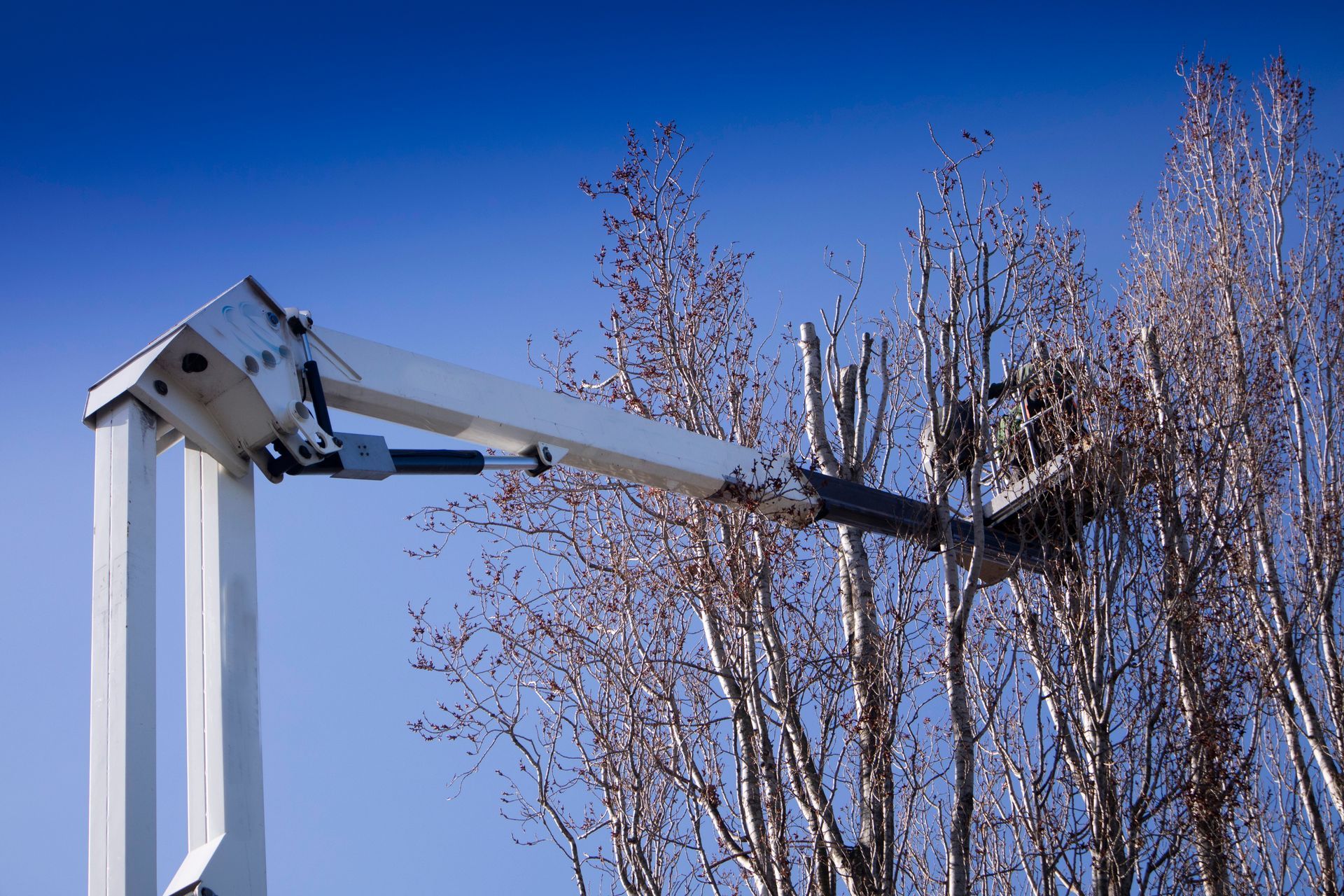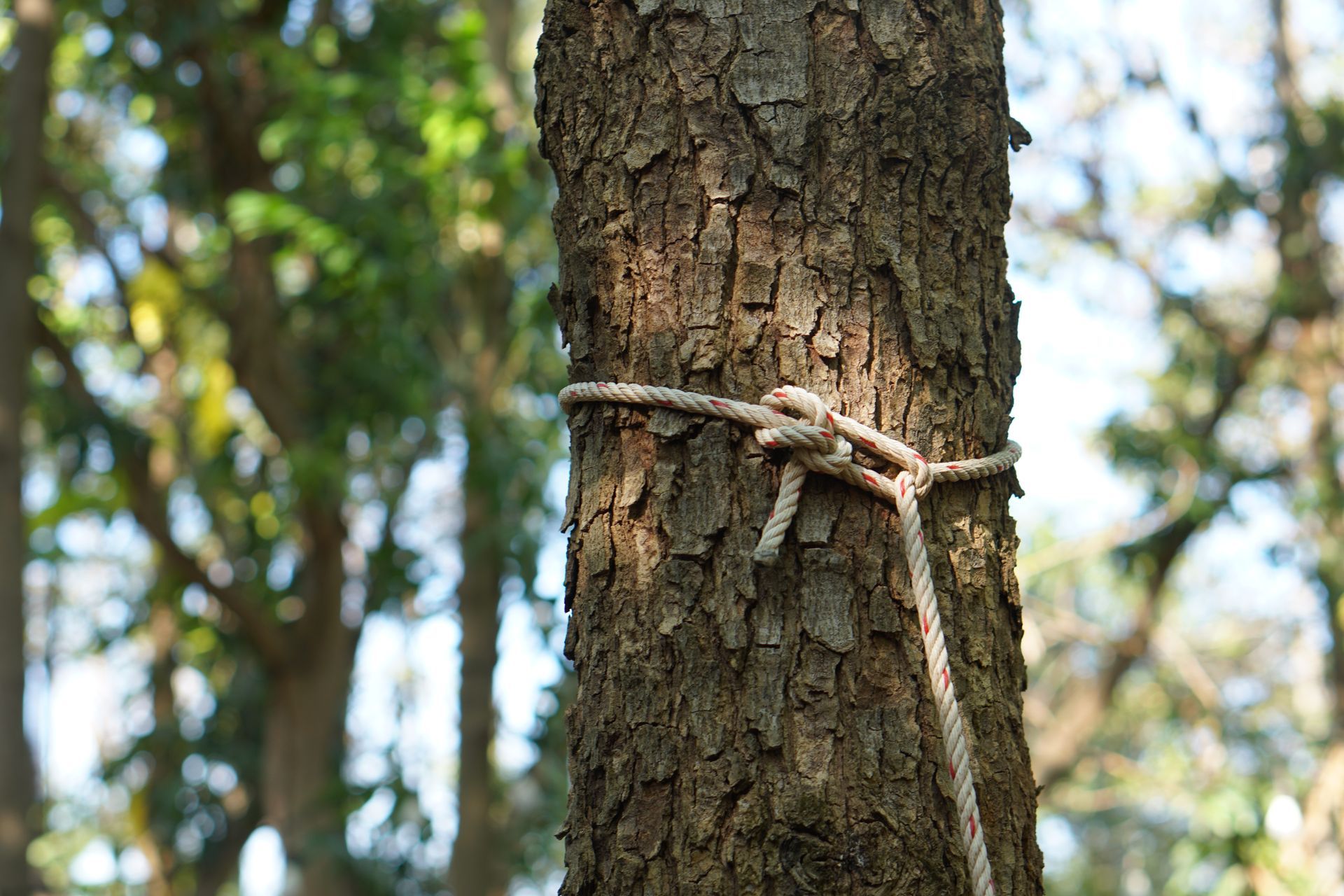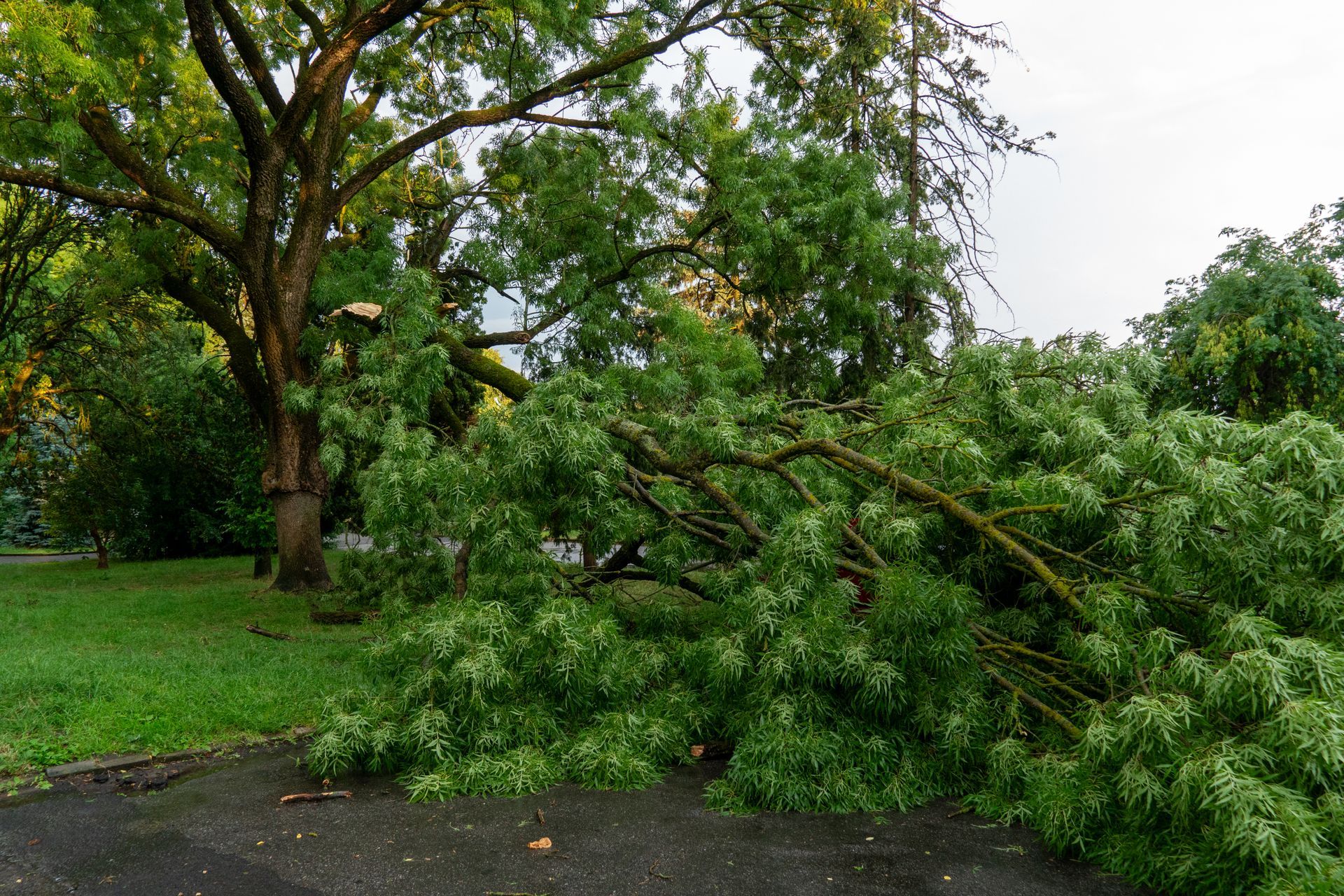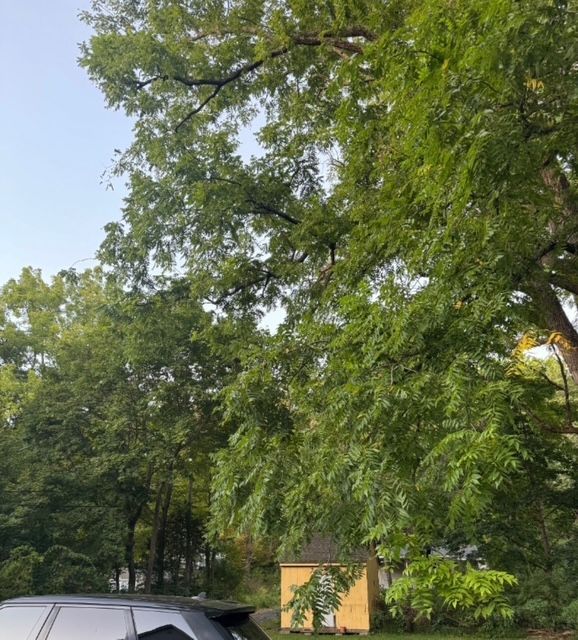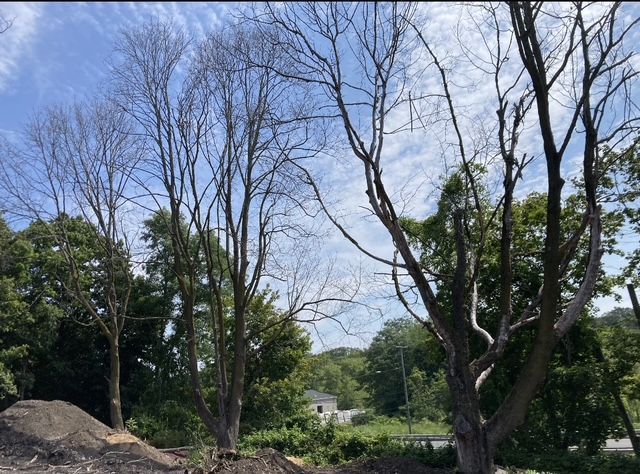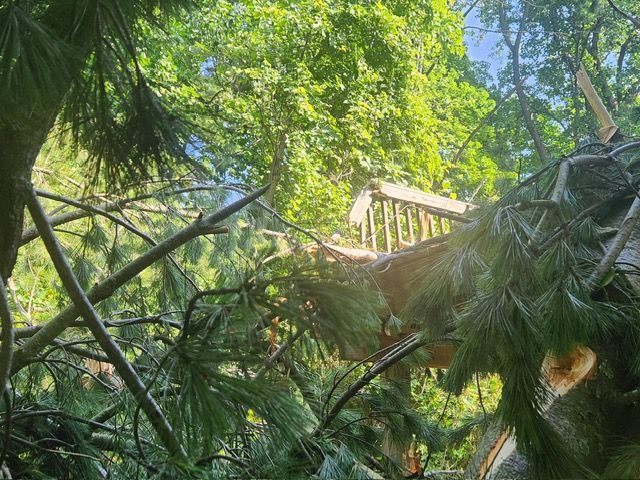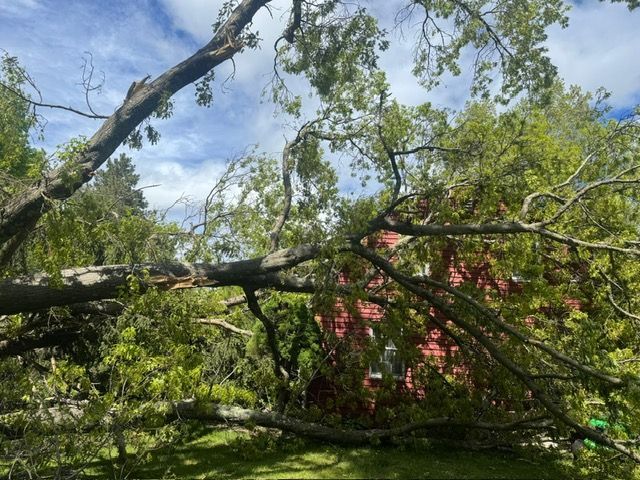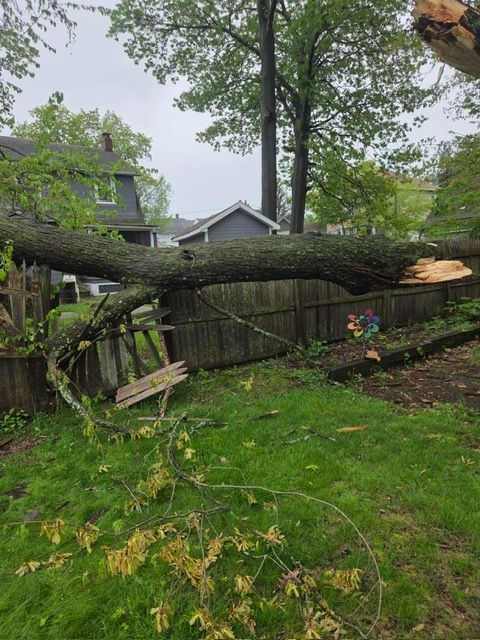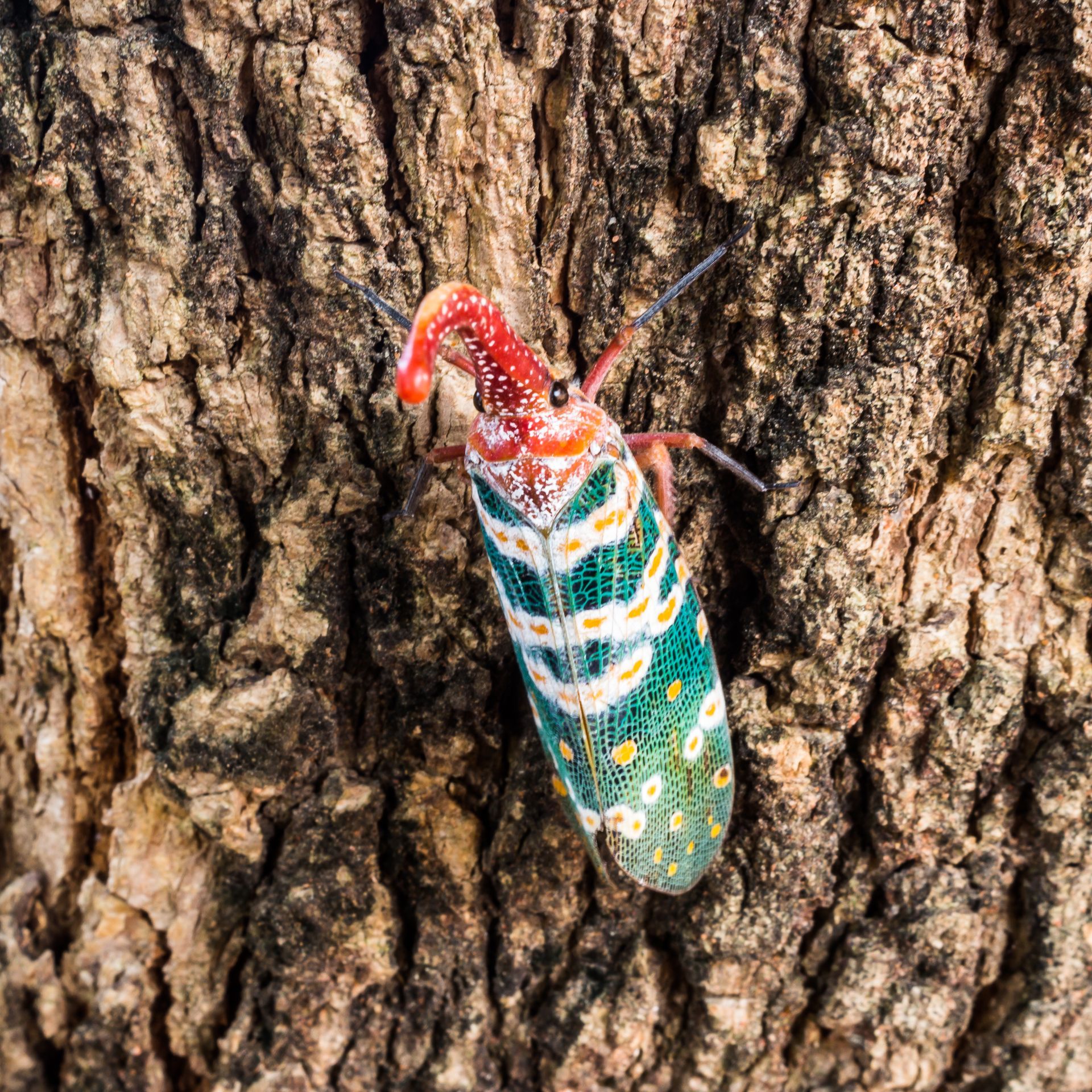Drainage and Trees: How Poor Drainage Can Kill Healthy Trees
Drainage and Trees: How Poor Drainage Can Kill Healthy Trees
Poor drainage can drown a tree’s roots, depriving them of oxygen and causing decay. Over time, waterlogged soil leads to root rot, fungal infections, and eventually tree death. Regular grading, soil aeration, and proper trimming from professionals like Fleet Farmington Tree Service can prevent this.
Most people worry about droughts killing trees—but too much water can be just as deadly. In Farmington, where heavy rains, Nor’easters, and melting snow are common, poor yard drainage can silently choke even the healthiest trees.
At Fleet Farmington Tree Service, we’ve seen countless “perfectly fine” trees decline in just one season—all because of standing water around the base. Here’s how poor drainage damages trees, how to detect the warning signs, and what you can do to protect your landscape before the next big storm.
1. The Hidden Danger of Waterlogged Roots
Tree roots need oxygen to survive. When your soil stays soaked for too long, it pushes oxygen out, suffocating the roots beneath the surface. Without oxygen, roots can’t absorb nutrients or anchor the tree properly.
That’s when root rot starts to set in—a slow, unseen decay that weakens your tree from the inside out. Within months, leaves yellow, branches die back, and the trunk starts to lean.
We often get calls after major storms when homeowners notice, “My tree looks fine but started tipping a little.” Nine times out of ten, the soil’s been waterlogged for weeks.
2. Warning Signs of Drainage Problems Around Trees
Poor drainage isn’t always obvious—but your trees will show you clues. Look for:
- Standing water around the trunk or low-lying areas after rain
- Soft, spongy soil that stays wet days after a storm
- Moss or algae growing on the base of the tree
- Mushrooms or fungus around roots (a sign of decay)
- Yellowing or curling leaves, even when it’s not drought season
If you notice any of these signs, it’s time to act. Ignoring drainage issues now can turn a $200 soil fix into a $2,000 tree removal later.
3. How Poor Drainage Impacts Different Tree Types
Not all trees handle wet feet the same way. In Farmington and nearby towns, we see a mix of species—some more sensitive than others:
- Maples and oaks hate standing water; their roots rot quickly.
- Pines can survive moderate moisture but not for long periods.
- Willows and river birch are more tolerant—but too much still weakens their structure over time.
Even “water-loving” trees can’t survive if roots sit submerged for weeks. Proper drainage helps every species thrive, especially during the unpredictable New England weather cycles.
4. How to Fix Drainage Problems Before They Kill Your Trees
You don’t need to rebuild your whole yard—but you do need to move water away from your trees. Here are a few steps that can make a huge difference:
✅ Regrade low areas so water flows away from root zones.
✅ Add mulch properly (not piled against the trunk) to retain healthy moisture balance.
✅ Install French drains or dry wells to redirect water safely.
✅ Aerate compacted soil to help oxygen reach the roots.
✅ Trim trees strategically to reduce canopy density and limit excess water saturation.
Our crew at Fleet Farmington Tree Service often combines drainage fixes with light trimming to open up airflow and give roots a better chance to recover.
5. Why You Should Act Before the Next Storm
Connecticut storms don’t just bring down trees—they create long-term problems that sneak up on homeowners months later. That patch of wet soil after a Nor’easter? It could become a breeding ground for root decay if left untreated.
A quick inspection now can save your tree’s life later. During storm prep visits, we often spot drainage issues early and install simple fixes that prevent expensive removals down the line.
Final Thoughts
Healthy trees start with healthy roots—and that begins below the surface. Poor drainage is one of the most overlooked threats to Connecticut’s trees, but it’s also one of the easiest to fix when caught early.
If you’ve noticed pooling water, leaning trees, or fungus near the base, it’s time to call Fleet Farmington Tree Service. We’ll assess your property, identify drainage issues, and recommend practical solutions to keep your trees standing strong—no matter what storm rolls through next.
